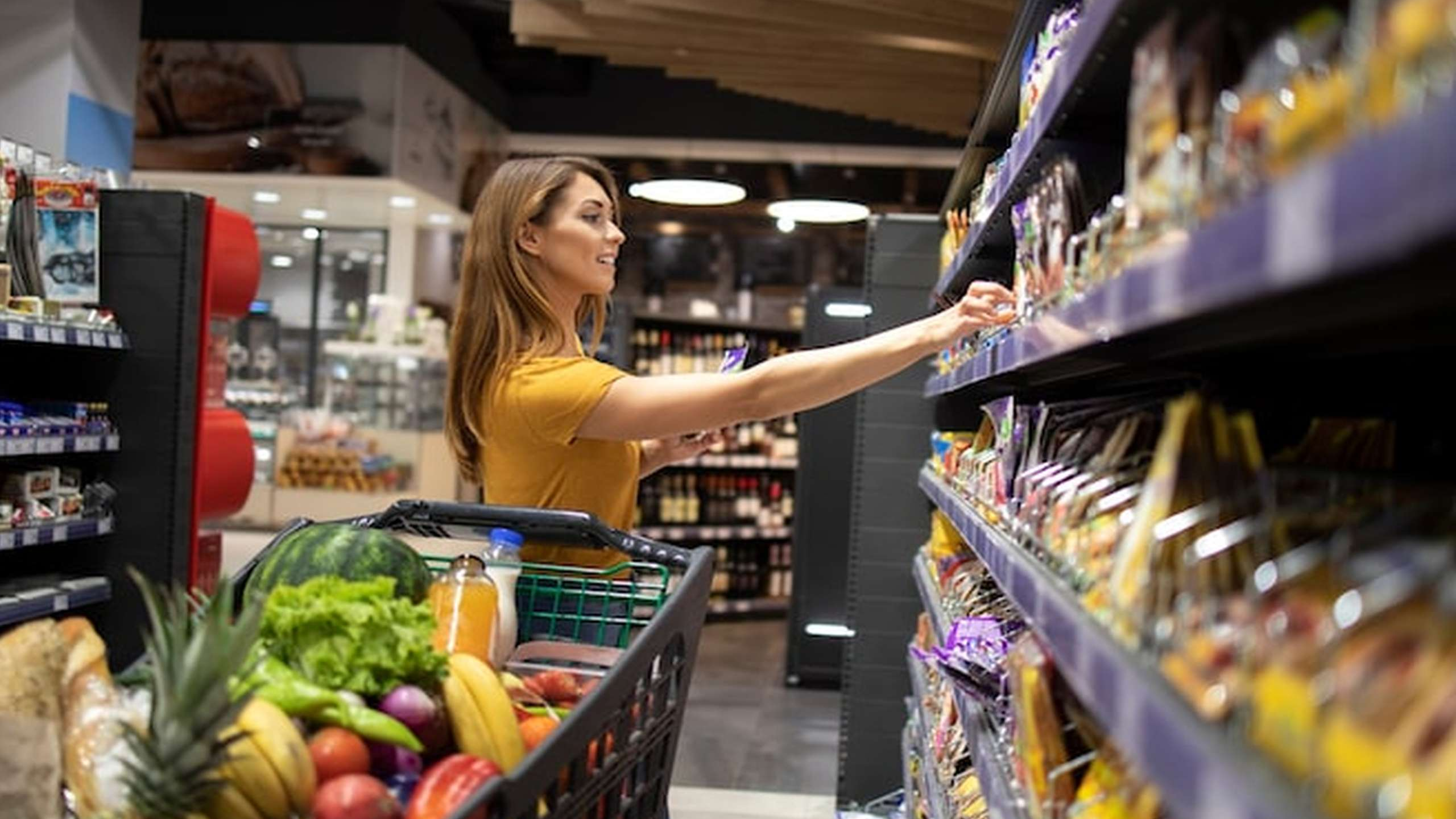 Scope 3 emissions in the food and agriculture sector present a complex challenge, with vast supply chains and diverse ingredients complicating accurate reporting. However, recent initiatives are revolutionizing this landscape. From UK retailers leveraging digital twin technology to HowGood's granular data integration and the Consumer Goods Forum's collaborative data framework, the industry is witnessing a transformation towards more precise and transparent emissions reporting. These developments are not only enhancing sustainability efforts but also fostering collaboration between companies and suppliers.
Scope 3 emissions in the food and agriculture sector present a complex challenge, with vast supply chains and diverse ingredients complicating accurate reporting. However, recent initiatives are revolutionizing this landscape. From UK retailers leveraging digital twin technology to HowGood's granular data integration and the Consumer Goods Forum's collaborative data framework, the industry is witnessing a transformation towards more precise and transparent emissions reporting. These developments are not only enhancing sustainability efforts but also fostering collaboration between companies and suppliers.
Leveraging Digital Twin Technology for Supply Chain Emissions Tracking
The use of digital twin technology by UK retailers, such as Tesco and M&S, in collaboration with Mondra, is revolutionizing supply chain emissions tracking. By creating a digital replica of their supply chains and utilizing a database of emissions factors, retailers can now calculate precise carbon footprints for specific products. This innovation not only enhances transparency but also enables companies like Nestlé to identify emissions hotspots and collaborate effectively with suppliers on emissions reduction initiatives. For instance, Mondra's technology has enabled Tesco to reduce emissions associated with its products significantly, showcasing the tangible benefits of such advanced tracking systems in achieving sustainability goals.
Granular Data Integration for Informed Decision-Making
HowGood's comprehensive database of agricultural emissions factors, with customers like Nestlé, provides invaluable insights for companies in assessing the environmental impact of their operations. By offering detailed information on various ingredients from different sources, HowGood empowers businesses to make informed decisions towards reducing their carbon footprint. The integration of HowGood's data into platforms like Watershed, used by companies for carbon accounting, further enhances the accuracy and granularity of emissions reporting. This collaboration not only streamlines the process but also enables companies to pinpoint specific areas for emissions reduction efforts, aligning with sustainability objectives.
Collaborative Data Framework for Streamlined Reporting
The initiative by the Consumer Goods Forum to establish a Common Data Framework represents a significant step towards simplifying emissions data requests from suppliers. By defining sustainability maturity levels and standardizing data requirements, companies like Salesforce and Nestlé can streamline their reporting processes and ensure consistency in data collection. This collaborative approach not only reduces duplication of efforts but also fosters a more efficient exchange of information between retailers and suppliers. The Common Data Framework's structured questionnaires cater to varying levels of data granularity, enabling companies to tailor their reporting based on specific needs while promoting transparency and accountability across the supply chain.
Driving Emissions Reduction Through Enhanced Collaboration
The shift towards obtaining supplier-specific emissions data, as facilitated by initiatives like Mondra and HowGood, is driving collaboration between companies and suppliers to achieve emissions reduction targets. By providing detailed insights into the carbon footprint of ingredients and products, businesses can work closely with suppliers to implement sustainable practices and mitigate environmental impacts. This collaborative approach, exemplified by partnerships between retailers and technology providers, not only enhances data accuracy but also paves the way for collective efforts towards a more sustainable future. Companies like Nestlé are leveraging such collaborations to drive meaningful change in their supply chains and contribute to broader sustainability goals.
Conclusion
The advancements in supply chain emissions tracking through digital twin technology, granular data integration, and collaborative data frameworks are reshaping the food and agriculture sector towards greater sustainability and transparency. Initiatives led by Nestlé, Salesforce, and other industry leaders are not only enhancing emissions reporting accuracy but also fostering collaboration for meaningful emissions reduction. As companies embrace these innovations, the path towards a more sustainable future is illuminated, urging a collective commitment to drive positive change across global supply chains.